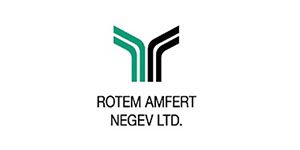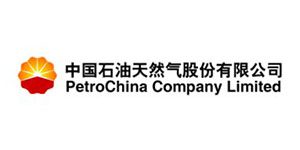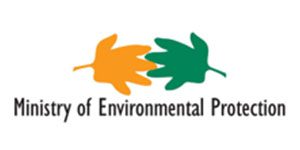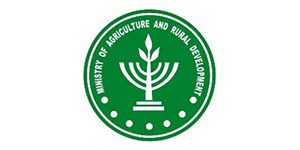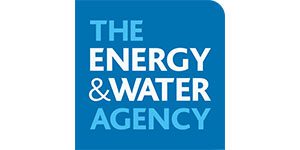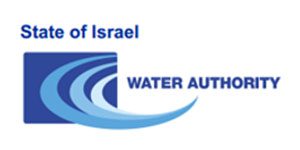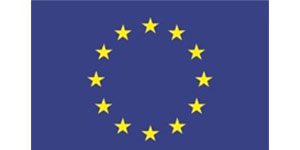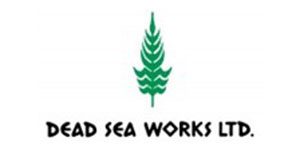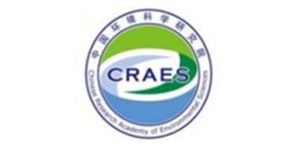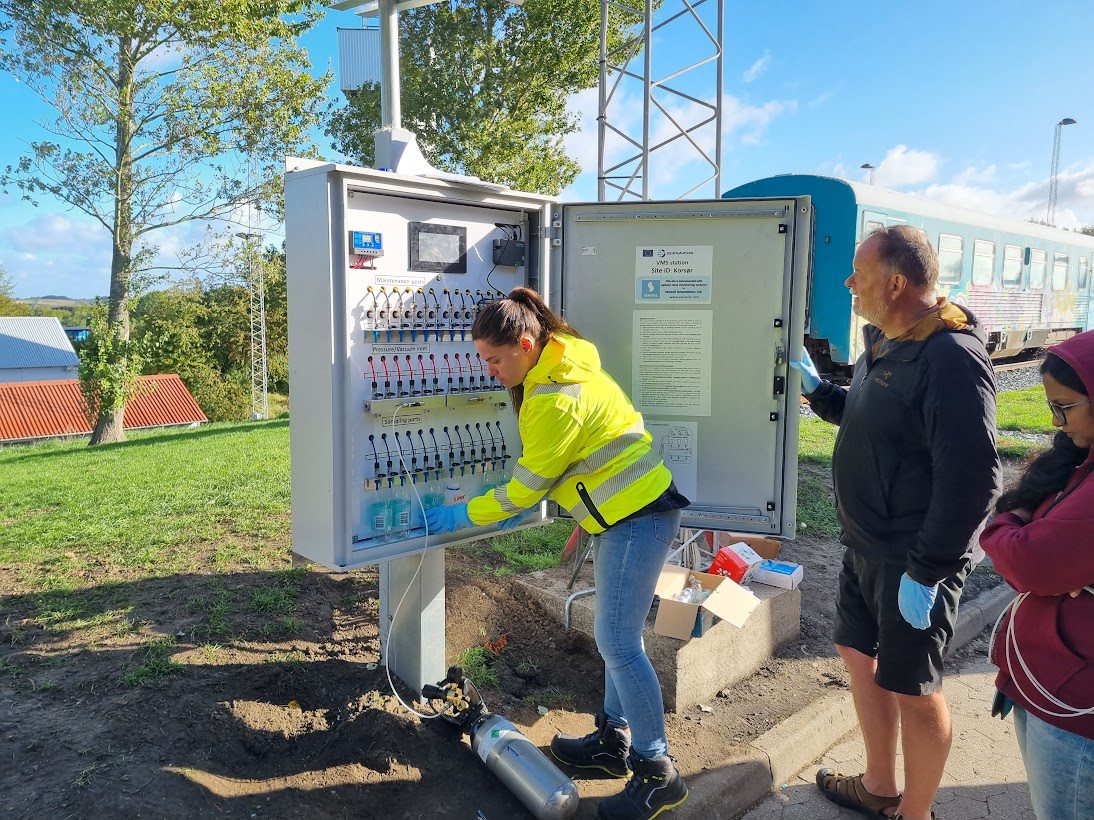
PFAS and PFAS Detection
Per- and polyfluoroalkyl substances (PFAS) are a group of man-made chemicals that have been used in a wide range of products, including non-stick cookware, water-repellent clothing, and firefighting foam. PFAS are known as “forever chemicals” because they are extremely persistent in the environment and the human body.
The four major sources of PFAS are: fire training/fire response sites, industrial sites, landfills, and wastewater treatment plants/biosolids. PFAS can get into drinking water when products containing them are used or spilled onto the ground or into lakes and rivers.
Once in groundwater, PFAS are easily transported large distances and can contaminate drinking wells. PFAS in the air can also end up in rivers and lakes used for drinking water.
Detection of PFAS is challenging because there are thousands of different PFAS compounds, and they can be present at very low levels in environmental samples. The most common method for PFAS detection is liquid chromatography-mass spectrometry (LC-MS/MS). LC-MS/MS is a powerful analytical technique that can be used to identify and quantify a wide range of PFAS compounds.
PFAS Detection in the Vadose Zone
Sensoil’s Vadose zone Monitoring system (VMS) can be used to detect PFAS in soil and groundwater. The VMS sleeves with sensors and sampling ports, are installed in the vadose zone. The VMS sensors collect data on soil moisture, temperature, and electrical conductivity. Water and gas samples can be collected on demand via the VMS control panel. These samples are then sent to the laboratories specializing in PFAS detection and analysis, as well as other chemicals. This data can be used to create a profile of the vadose zone and identify potential areas of PFAS and other contaminants.
Sensoil's VMS in the SCENARIOS EU Project
The SCENARIOS EU project is a four-year research project that aims to develop new technologies for the detection and remediation of PFAS. The SCENARIOS EU project is funded by the European Union’s Horizon 2020 research and innovation program. Sensoil’s VMS has been installed in three of the SCENARIOS EU PFAS sites in Trelleborg Sweden, Korsør Denmark and Israel.
The Korsør PFAS national site is a former fire academy in Korsør, Denmark, that is contaminated with PFAS. The site was used for fire training exercises from 1965 to 2012. During this time, PFAS-containing firefighting foam was used. In 2013, PFAS was detected in the soil and groundwater at the site. The Danish Environmental Protection Agency (DEPA) subsequently declared the site a national PFAS site.
Sensoil’s Vadose zone Monitoring System (VMS) is used in the project to enable sampling of porewater from different depths in the vadose zone, to detect PFAS in the soil and groundwater. Installed in diagonal boreholes, the VMS sleeves contain a network of sensors. These sensors and collection apparatus, collect data on soil moisture, temperature, and electrical conductivity. The samples drawn from any selected depth along the VMS sleeve, are sent for lab analysis. PFAS detection requires unique lab equipment. The data collected from the sensors, together with the lab results, are then analyzed and can be used to create a profile of the vadose zone and identify potential areas of PFAS contamination – both current and future.
VMS also enables optimization of the in-situ PFAS remediation processes. The VMS data is used to identify areas of PFAS contamination and to support risk assessment of PFAS exposure to human health and the environment.
PFAS Exposure
Exposure to PFAS has been linked to a number of health problems, including cancer, reproductive problems, and immune system dysfunction. PFAS can be found in drinking water, groundwater, and surface water. They can also be found in soil, air, and dust.
Numerous national and international projects have set goals to tackle PFAS – the “forever chemicals”.












